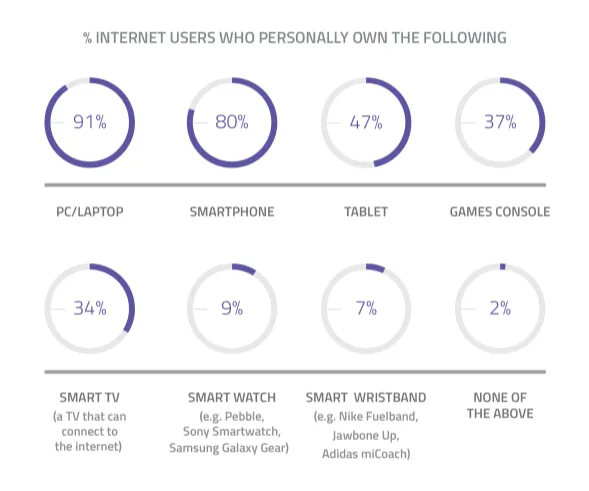Research predicted that employees that use their smartphones and tablets in the workplace will have exceeded 1 billion by 2018—suggesting that BYOD was becoming a norm.
I mean let’s face it, like it or not, employees are bringing their own devices, whether it be smartphones, watches, or medical devices. In some cases, there will not be anything you can do to stop it either, especially when it comes to medical devices. That is unless you want to wind up in an ADA lawyer’s cross-hairs, our your country equivalent of the ADA.
There is no surprise that Apple and Samsung are maxing out at their best-seller ranking, but so are Chinese brands Huawei and Xiaomi. But be careful about using popularity (see Figure 1) as an indicator when choosing appropriate devices for your employees in the workplace.
Never go with the flow and what is popular.

(Image Source: GWI)
Your processes and network will have a specific type of technological, functional, and configuration specification. If you are contemplating a BYOD policy, you must establish which devices will meet your requirements, which will not, and explain to your employees about those devices.
Do not just follow the crowd.
In our next post we will go into the Opportunity of BYOD.
Until then, have it. Leave your thoughts, roast me, add to it, share it out, do whatever. Be assured, I love to reward engagement.

